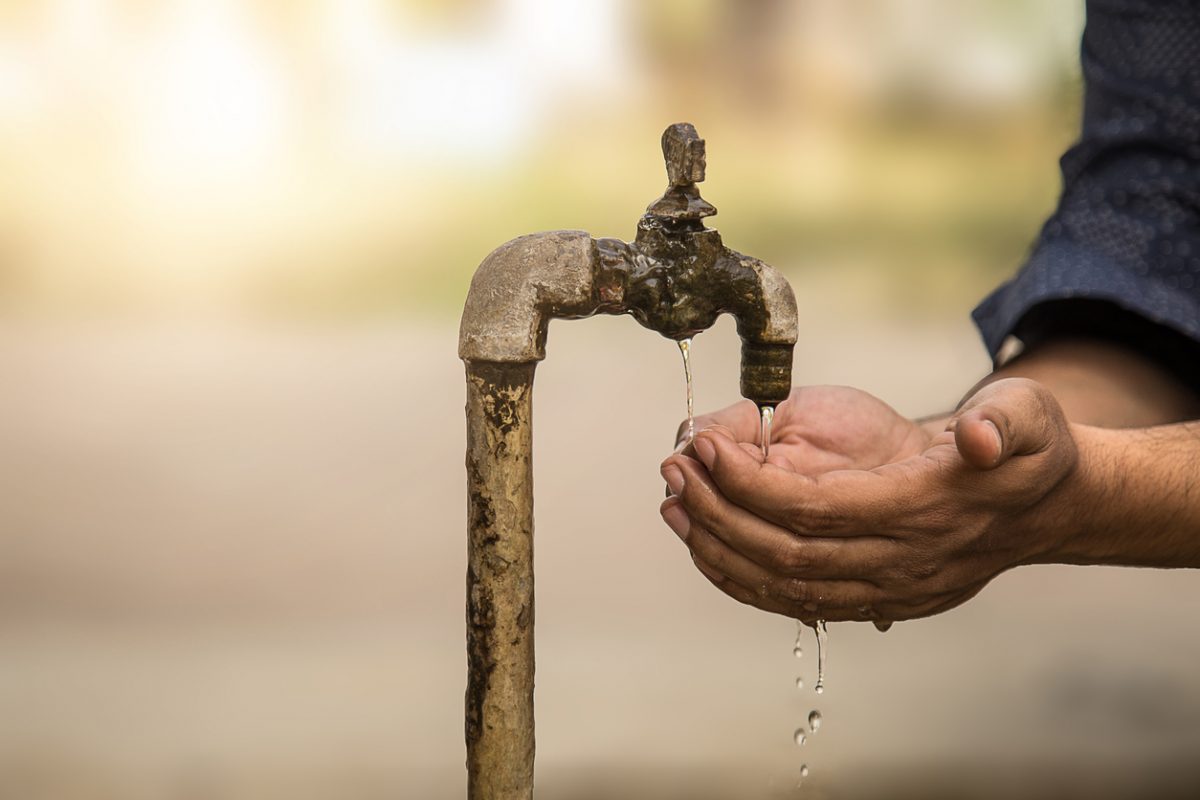
According to the World Health Organization, a baby dies every minute from infection caused by a lack of safe water and an unclean environment. Testing water typically requires expensive equipment and manual analysis, making it hard for many communities to ensure their water is safe.
This is the challenge that Peter Ma has taken on. He took part in the World Virtual GovHack, described as a “global village hackathon”. It aims to encourage students and start-ups to tackle difficult problems with advanced technologies.
Using AI to analyse water samples
Ma’s idea was to use artificial intelligence to assess the purity of a water source. His solution has four key parts:
- The Intel® AI DevCloud was used to train the AI model using Caffe*. The Intel AI DevCloud provides cloud-based access to Intel® Xeon® Scalable processors for machine learning and deep learning training and inference.
- A digital microscope is used to view the water sample, dropped onto a slide with a pipette.
- A computer running the Ubuntu* operating system was used to run a real-time analysis of the water sample using the trained model.
- An Intel® MovidiusTM Neural Compute Stick was used to accelerate the inference. The Movidius Compute Stick is a USB-based device that plugs into the computer to accelerate computer vision and AI applications at ultra-low power.
The total cost of the system comes in at under £400, which makes water testing more accessible to organizations and communities that could not otherwise afford it. It also works without an Internet connection, so it can be used in rural areas and remote locations where a connection may be unavailable.

Identifying bacteria
The solution uses a convolutional neural network (CNN) to study the water sample and identify the shape, colour, density and edges of bacteria. At the moment, the solution can identify E. coli and the bacterium that causes cholera, but the project can be extended in the future to identify other types of bacteria and detect minerals and other substances. The solution includes a website built using Node.js*, which maps clean and contaminated water locations.
The confidence level for the test is more than 95 percent and as high as 99 percent when comparing clean water with contaminated water. Because the solution is based on machine learning, it can improve as more images are used to train the system further.
Prize winning success
The project won first place at the World Virtual GovHack, bagging a prize of $200,000 (equivalent to about £148,500). “This makes it possible to take the project much further,” said Ma. “We are currently in the prototyping stage and working on the next iteration of the prototype so it can be in one single Internet of Things (IoT) device. I think in the world of innovation, there is never completion—only improvements from your last iteration.”
If you want to win hackathons, you could do worse than to follow Ma’s advice: “I think I do well in most hackathons because I focus mostly on how technologies can better people’s lives—rather than just what technologies can do.”
Peter Ma is a prolific contributor to the Intel® AI Academy, so you can get more of his insights there. Members also benefit from free access to the Intel AI DevCloud, which Ma used to train his model.
To find out more about the Clean Water AI project, read this article at the Intel® Developer Zone.
* Other names and brands may be claimed as the property of others.






